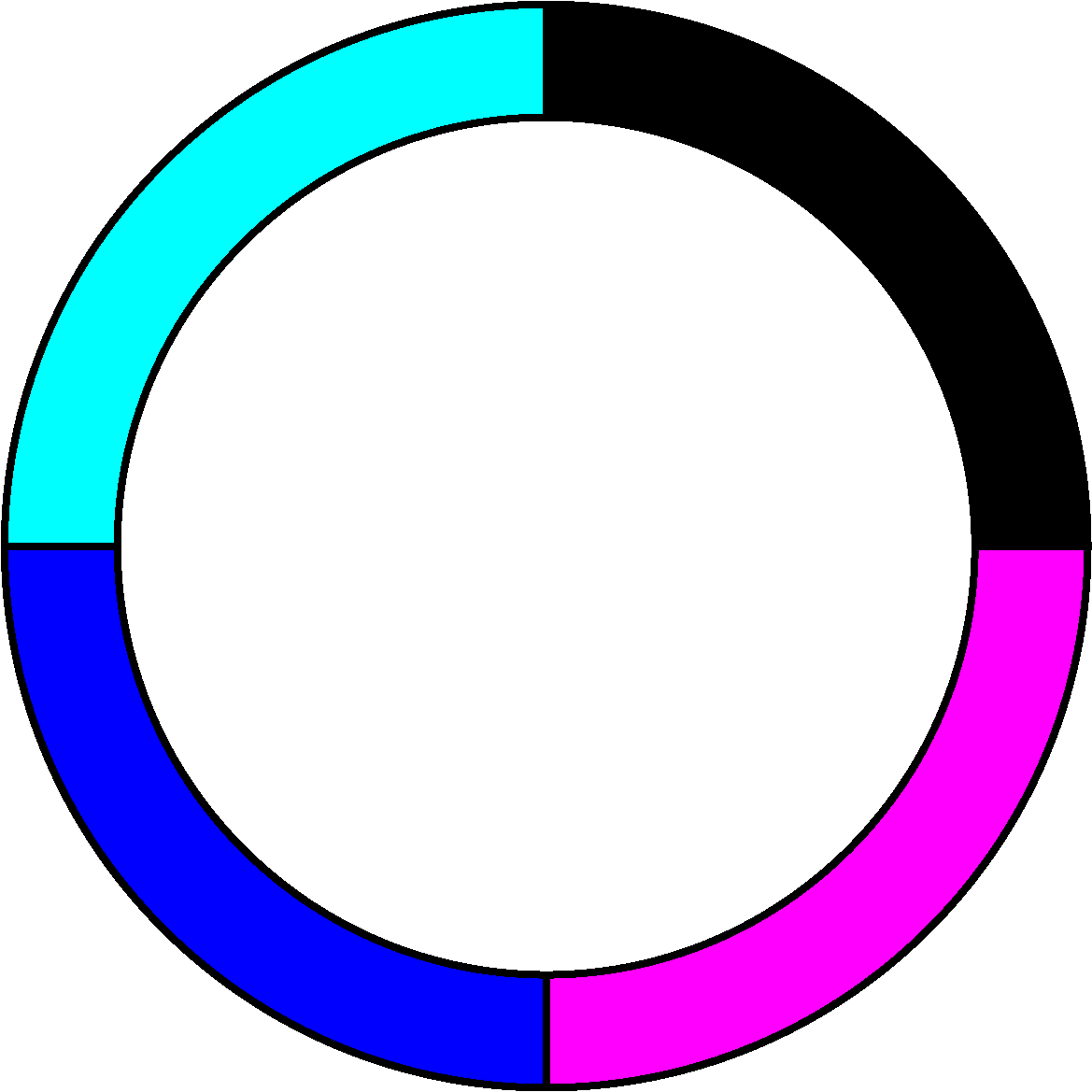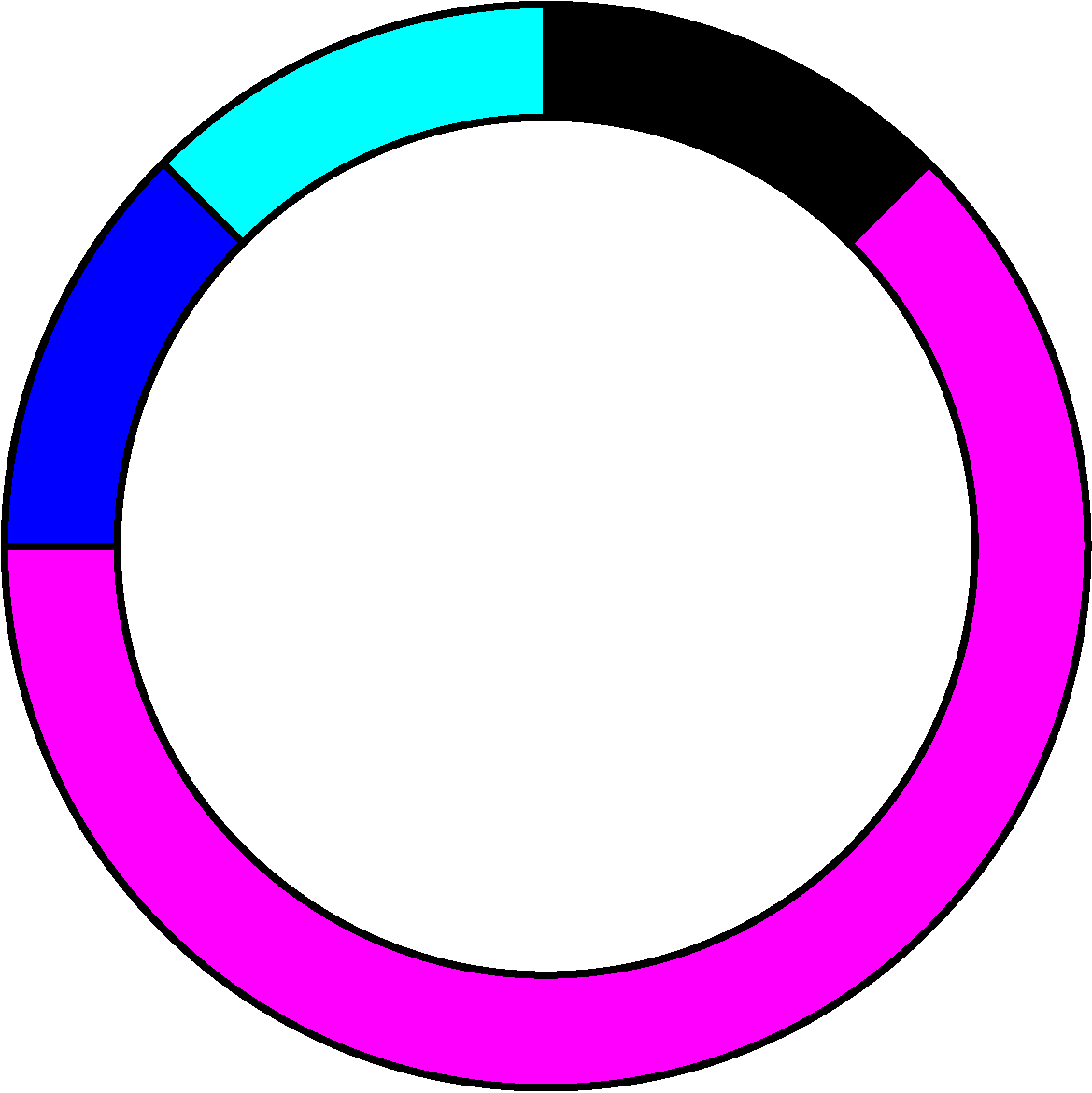
“Anyone who influences what the design becomes is the designer. This includes developers, PMs, even corporate legal. All are designers” — Jared Spool, very well known UX guy
It’s not like the quote in the epigraph has an awful lot to do with the topic of this article. But as a designer, I still like to use it often, since it has something to do with everything and everyone. And sustainability is everyone’s concern.
At this point, we all know what sustainability means. It is no longer a debate or a question of faith whether humankind’s activities are causing unwelcome climate changes. But that’s not the whole thing about sustainability.
Yes, the core is making sure that what we use and how we use it doesn't negatively impactcurrent or future generations’ ability to live prosperously on this planet. Basically, it’s just considering the environment, people, economy and culture. It is a new mindset, a way of life, and of course, that means actively fighting against inequity of any kind.
With that in mind, it is pretty safe to state that
Bad design = Plastic waste
Yeah. No more, no less. Let me explain.
Linear economy vs Circular economy
A model originated in the 1960s describes the production and consumption process. In the linear variant, it is represented by, surprisingly, a line. The line is divided into four sections, each representing one stage of the process. The length of the section reflects the cumulative cost (consisting of time and resources) of the transition to the next stage. There are different variations of the theory. I’ve chosen the one that has a level of abstraction that is high enough to illustrate the concept quickly.

The first stage is extracting the resources needed to produce the goods. Be it recovering crude oil, gathering pancetta from a local farmer or allocating the time of a product designer. The resources are then transformed into a product during the production stage. Quite self-explanatory. The happy customer then consumes the product, and after it is happily (or not) consumed, it goes to waste. The cost of putting stuff to waste can differ considerably. Throwing a plastic cup into a bin takes a little less effort and time than getting rid of a small pile of Uranium-235.
So, you can imagine the issue with the widespread and obnoxious plastic waste. All these cups, bottles and that unreasonably sturdy box your flash drive comes in. Its lifecycle looks something like this.

Let’s say we’re talking about classic plastic made from processed oil. It’s not too easy to extract it from the bottom of the ocean and then, through different technological processes, transform it into something else. Something that can be pressed into a beer garden's (or a college party if you're in an American movie) most prevailing piece of tableware. So the price that not only the environment pays is quite high. But on a large scale, it pays off for oil companies. A lot.
The production process is then pretty quick and easy. Just slap the right form with a blob of plastic, press hard enough and "bam!". Ready. The consumption phase isn’t much longer. It lasts about 2-10 minutes, depending on how thirsty you are. And the disposal phase is just about throwing it in the correctly coloured bin (if there’s even an option).
All that means that while an extraction process is long, complicated and environmentally heavy, the next phases swoosh quickly right to an unpleasant end in the landfill or an ocean in a blink of an eye. Very ineffective.
What can we do to increase the effectiveness of the whole process? Well, logically, the extraction and production should be fast and cheap. The consumption phase should be as long as possible so users can benefit from using the product and the product doesn't end up in the garbage too soon. So something like this.

But wait, there’s more! Just imagine taking this line like a Möbius strip you had in the geometry class and connecting the ends.

Mind = blown.
And that is a circular economy, folks. The next step is applying the transformation we did for the line economy, and we’re good to go. As you can see, sustainability is logical. It just makes sense in the world of limited resources. It’s basically an effective way of organising a production process.

WTF does it have to do with design?
Yeah, you’ve been reading for a good five minutes now, and I’ve been feeding you this eco-eco (smart, huh?) theory that may not seem too flashy. But hear me out. It helps us to understand how to build stuff effectively. And thus sustainable.
Here in Ackee, we are already applying different sustainable principles to our design processes. Notably our Design Principles and the whole No Bullshit Design approach. They help us do our job quickly, efficiently and without unnecessary gibber gabber around it. Our main concerns are stable, high quality results and meeting clients’ goals.
But obviously, we’re not the first to introduce the idea of an effective production cycle to the design process. Victor Papanek is one the most renowned pioneers of sustainable design. In the 1980’s, he had come up with several design strategies that were described with a common part of “Design for…”. And this is what you can design for:
dematerialization, reusability, repairability, longevity, modularity, remanufacture, system change, equity, influence, and efficiency.
These strategies are aimed at improving the production cycle in different ways. Be it shortening the process phase like modularity or efficiency, enlarging the consumption phase like repairability or longevity or connecting the two ends of the stripe-like reusability and remanufacture.
These strategies or their parts can be easily incorporated into your existing design processes. Also, there’s no clear and sharp border between the strategies; they all complement each other and blend together nicely. I’ll show you how we do it at Ackee.
Dematerialization
Basically, it means “use resources effectively so that you can produce a larger amount of product with the same amount of resources”.
Here, in our highly technological workshop that resides in one of those smart office buildings that knows when to cool down and when to heat up (no, it doesn't) we create digital products. They are quite a sophisticated and nice piece of craft. But it’s hard to think about them in terms of classic converting raw materials into some other physical entity. We don’t transform litres of coffee to buckets of code or bags of pixels, even though it’s a close enough metaphor. Hence, the main material we utilise during our production phase is time. And there’s no better way to waste a lot of time than to do things without a plan. So, yeah, planning. Planning lets us control the amount of a resource we would like to allocate for a particular task or project. We then control it in the execution phase. As easy as that.
Other principles that mostly go without saying and help us save time are, for example: don't waste anyone's time; think before doing; don’t reinvent the wheel; ask (yourself or your teammates) if the solution is feasible in advance.
These are pretty self-explanatory. Also, it is beneficial to invest the time we have on our hands wisely. Creating a design system in the early stages of the project would save countless hours later. Like if (more like “when”) we need to make changes involving larger parts of the project.
Longevity
“Old stuff was built to last”, — is a perfect example of a survivorship bias. But when you look at many modern apps, websites or digital products, it sometimes seems like they were meant to be thrown in a garbage bin right after the launch. There are different economic and cultural reasons why the online space is filled with this plastic design waste. But I’d rather not focus on that. Instead, we are trying to create something that would live a long, happy life, bring joy to users and profit to the business.
That being said, it is clear that good UX is sustainable. We’ve agreed on not wasting anyone’s time, including the user's time. So, when the user experience is smooth and effective, it leads to less time on the device. Hence, a faster way to reach the user's goals through the product (if the goal doesn’t include spending lots of time on the device). If, on the other hand, the user experience is poorly designed, it will most likely lead to user frustration, dissatisfaction, uninstalling the app, closing the website, and never opening it again. Work hours go to waste, and the product cycle is over, RIP.
Besides good user experience, there are other ways designers can affect the length of the consumption phase. Notably, the aesthetics. Pretty things last longer. People are less likely to throw away the thing that looks nice to them. And these neat things could be transferred, be it horizontally, on the second-hand market, or vertically as between generations. Product, of which consumption phase spans across several levels of the genealogical tree, is, indeed, quite sustainable.
However, it is important to take time and context into account. Morphisms come and go. Sometimes they go so fast that while your digital product is still in development, the design style becomes obsolete, not fashionable and not desired anymore. So it is more sustainable to aim for a timeless design of high quality rather than following what’s written in this year's “20XX’s design trends” blog post.
And as it goes with other nice things in life you want to last. If you don’t support them, they will start to fall into decline. And even with all the experience and information that a design team can have, the first shot is almost never perfectly on point. And this is a thing you should plan as well. Leave space and time to correct possible mistakes because they happen. It would be a shame if the efforts of the whole team would go to waste because of some assumption made in the design phase. “Heal it, don’t let it die” is our principle. Feedback sessions, design sprints, hallway testing, and review cycles, there are many ways to remain involved in the product life cycle, even after your main chunk of work is done.
And that’s just a small chunk of principles that we use in our day-to-day job to ensure that our work isn’t affecting people and the environment around us in any harmful way. Time and financial resources are limited and should not be wasted on low-quality, unsustainable short-living digital products.
Yeah, plastic waste
The digital world seems like something vastly different from the physical one that we are used to. To some extent, it can be perceived as an infinite universe that is ours to fill and explore. But you don’t believe that cloud data is actually floating above our heads, don’t you?
It is impossible to count, but presumably, there are between 100 million and half a billion data servers in the world at the moment. And the number grows exponentially, as you can imagine. These are actual physical things that are made of rare materials, require electricity and produce heat. The biggest data centres nowadays have an electricity consumption of a middle-sized city and an area of 110 football fields. Not exactly castles in the sky.
“What’s uploaded on the internet can never be deleted”, goes the universal rule. Kinda like plastic straws, right? Or like space (the cosmic one), which we once thought was endless and empty. But now, every satellite launched should have a system that helps it to manoeuvre between space garbage. So maybe next time you want to upload a picture of your lunch, a phone-recorded video of a concert or an untested app designed with a UI kit from Dribbble to the vastness of the interwebs, you’ll think twice.
Sources:





